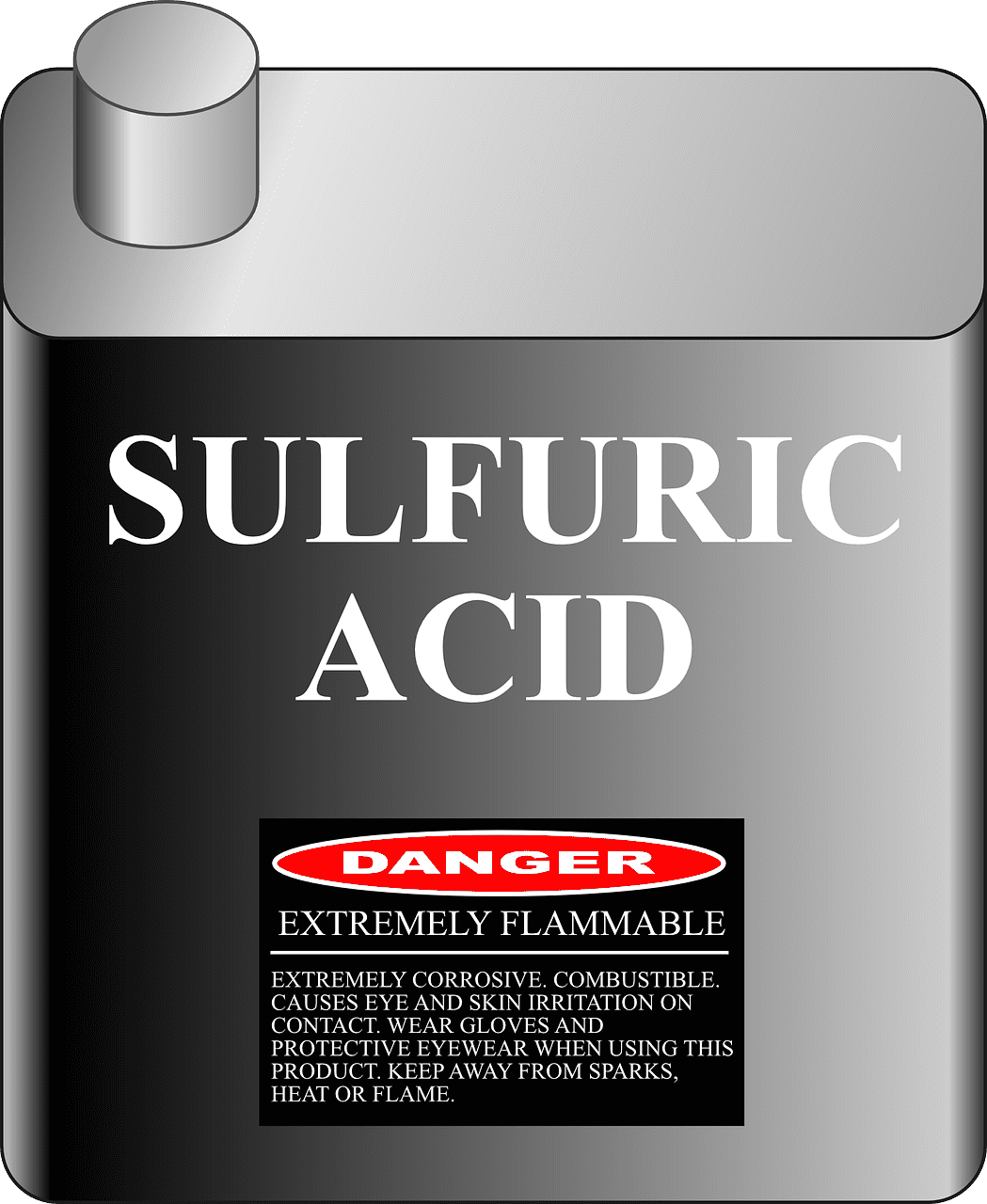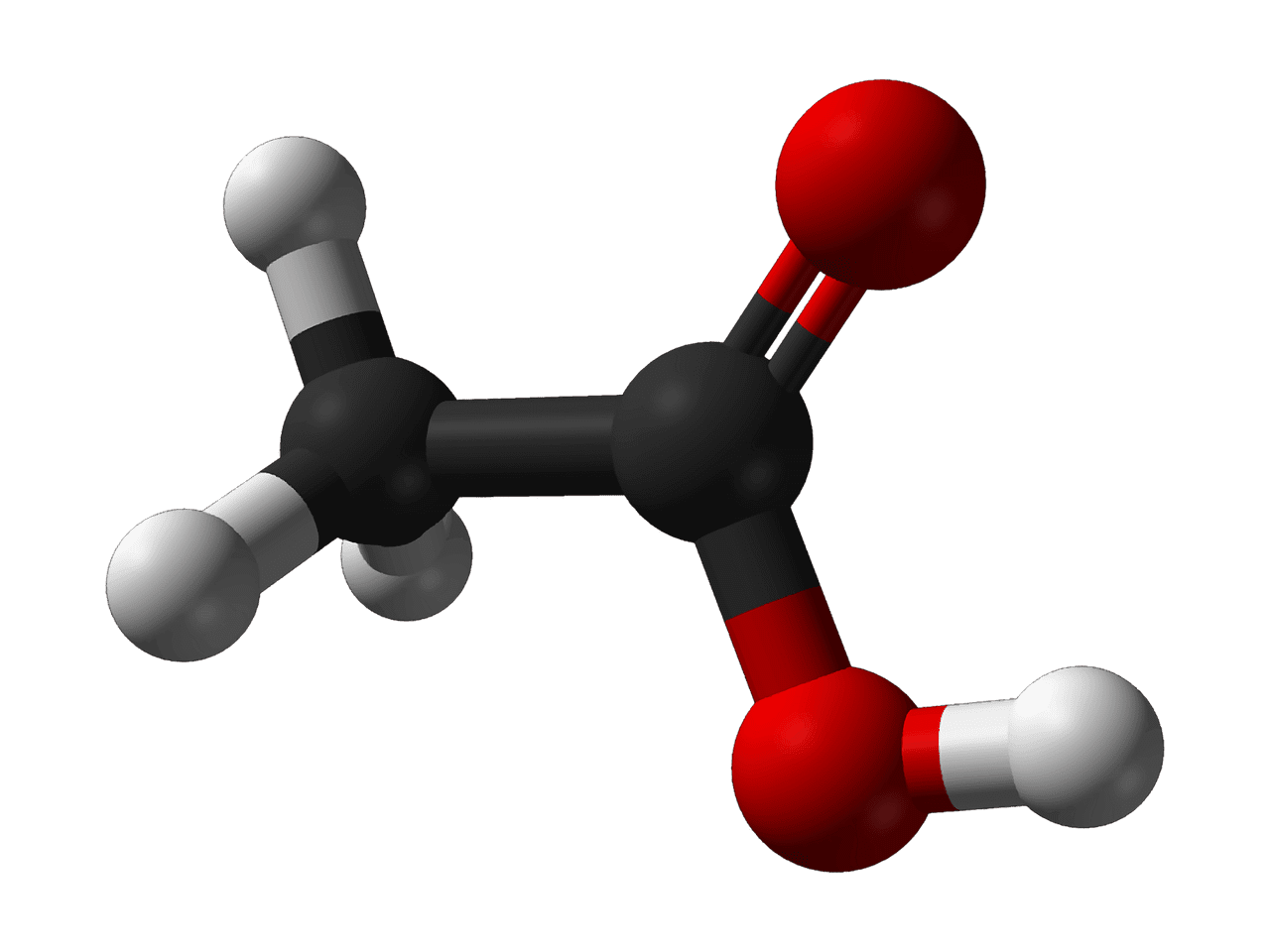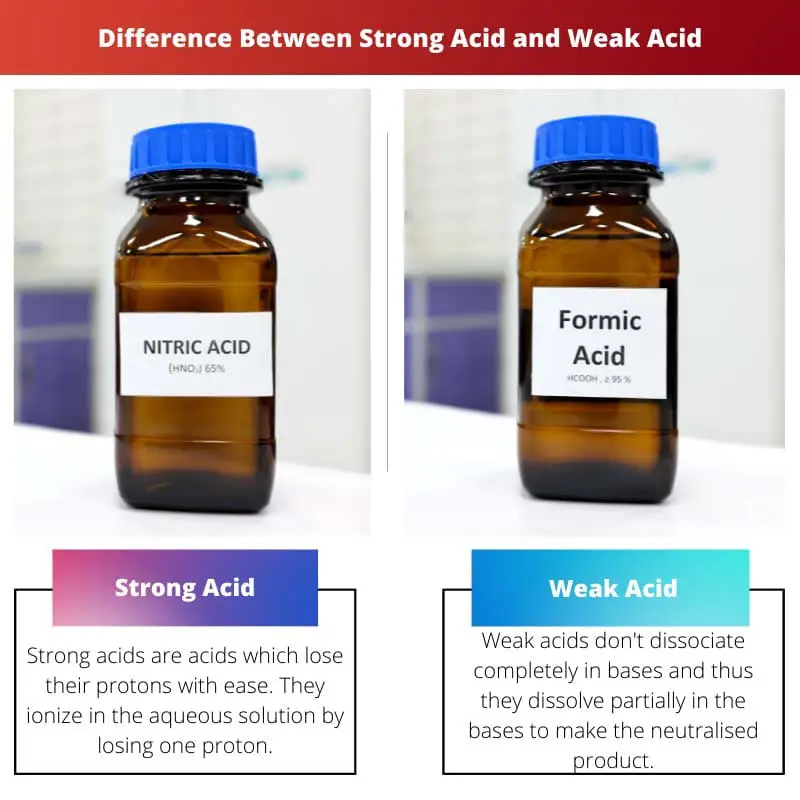Everything is somehow related to science or contains science; it can be anything, any form, or state, like solid, liquid, or gas. There are chemical reactions that cannot be seen with the naked eye.
Different chemical substances have their characteristics. Sometimes two chemicals are mixed to get a third product, but the reactions are done by professionals only as they can also lead to severe results.
Several things must be kept in mind before any chemical reaction; there are atoms and molecules in everything on this earth. And thus, it is the molecule that matters the most in reactions.
For example, water has two molecules of hydrogen and one molecule of oxygen, which makes it H2O. This is fundamental and cannot be changed; this formula cannot be changed like two molecules of oxygen and one molecule of hydrogen.
Likewise, different aqueous solutions need knowledge before use, for example, acids, bases, neutrals, etc.
Before mixing any solution, its PH value needs to be checked. For example, acids can harm severely; bases have low PH, whereas neutrals have normal PH levels.
Key Takeaways
- Strong acids fully dissociate into ions in aqueous solutions, releasing a high concentration of hydrogen ions.
- Weak acids partially dissociate in aqueous solutions, resulting in a lower concentration of hydrogen ions.
- Strong acids include hydrochloric acid and sulfuric acid, while weak acids include acetic acid and carbonic.
Strong Acid vs. Weak Acid
A strong acid is an acid that ionizes in water to produce hydrogen ions and anions, resulting in a high concentration of hydrogen ions in the solution. Examples include hydrochloric acid, sulfuric acid, and nitric acid. A weak acid only partially ionizes in water and produces fewer hydrogen ions in the solution.

Comparison Table
| Parameters of Comparison | Strong Acid | Weak Acid |
|---|---|---|
| conductivity | Good conductors | Bad conductors |
| Reactive | Highly reactive | Less reactive |
| PH value | 0 to 3 | 5 to below 7 |
| Edible | Not edible | Edibles (mostly) |
| Rate of reaction | High | Low |
What is Strong Acid?
Strong acids are acids that lose their protons with ease. They ionize in the aqueous solution by losing one proton.
The first proton determines the strength of an acid it ionizes. To compare the strength of the acid, their tendency to donate protons is checked with whatever base it is mixed.
The number pKA determines this strength. Strong acids completely dissociate in water.
The H+ proton is the charged ion released by acid, and if the number of H+ is more, the acid is said to be strong. Since three charged particles of strong acids are released they become good conductors of electricity too.
A few strong acids are sulfuric acid, hydrochloric acid (HCI), hydrobromic acid (HBr), hydroiodic acid (HI), perchloric acid (HCLO4), nitric acid (HNO3), etc. These acids release their protons and dissociate in bases(mostly water).
The rate of reaction in strong acids is faster. They release ions more quickly and make the solution acidic.
Strong acids have low PH values, maybe around 0 or 1. It is advised that households should not use strong acids and should be kept out of children’s reach.
Strong acids can corrode metals easily. Some strong acids are used in daily life things as well. For example, a car’s battery uses sulphuric acid (it generates electricity); sulfuric acid is caustic, and muriatic acid, another form of hydrochloric acid, is used in water pools to adjust the PH.
Even the human body contains a strong acid, which is hydrochloric acid (HCI), which is present in the stomach. It probably helps digestion, and it is present according to the gastric level of people. When strong acids release protons in bases, in return, they extract electrons from bases.
In physical properties, acids are sour, corrosive, and harmful. Strong acids make salt and water when mixed with any base.
This process is also known as neutralization. The neutralized product will be less acidic as compared to the reactant acid.

What is Weak Acid?
Unlike strong acids, weak acids do not dissociate completely in bases; thus, they dissolve partially in the bases to make the neutralized product after neutralization. Their capacity for gaining electrons and releasing protons is less, their acidic strength is low, and thus, their pKA is low.
They are also conductors of electricity, but their conductivity is extremely low. Their current passing process is slow when compared to strong acids.
Theoretically, the concentration of protons H+ is low, making them less reactive. For example, oxalic acid (C2H2O4), acetic acid (CH3COOH), formic acid (HCOOH), benzoic acid (C6H5COOH), nitrous acid (HNO2), hydrofluoric acid (HF), etc.
Weak acids take time to react; they are slow. Their PH value is high, ranging between 5 and 7.
They are less capable than strong acids. They can even burn nostrils when smells and tastes sour.
Some of the weak acids are used in food and beverages like phosphoric acid (used in soft drinks, baking powder, also acts as neutralizing agent, etc.), citric acid (used in ice cream, fruit drinks, dairy products, etc.), acetic acid (used as preservative, mayonnaise, baking products, etc.), etc. Thus it is clear that weak acids are too weak and are edible for normal human beings.
They are not corrosive and thus do not harm any person, like strong acids. Weak acids are even sometimes considered good for health when taken within limits.
But can cause harm when the limit is exceeded or if someone is allergic to any specific acid, like lactic acid.

Main Differences Between Strong Acid and Weak Acid
- Strong acids react faster, whereas weak acids take time to react with any base.
- Strong acids are good conductors of electricity. On the contrary weak acids are not too good conductors of electricity.
- Strong acid passes electricity faster, whereas weak acids are slow conductors.
- Strong acids are not edible but weak acids are edible.
- Strong acids have a ph value ranging between 0 to 3, but the ph value of weak acids ranges between 5 and 7.

I appreciate the focus on detailing the molecular structure of various substances and how it affects chemical reactions. Expanding on this was certainly enlightening.
The molecular explanation indeed adds a layer of complexity to the understanding of chemical reactions. This article brings clarity to such concepts.
Absolutely! It’s great to see such an in-depth analysis of chemical substances and their interactions. Very enriching.
This article is a valuable resource for individuals looking to gain a deeper understanding of chemical reactions and the properties of different acids. Thoroughly enjoyed reading it!
Definitely! It provides a wealth of knowledge on the topic and addresses various aspects of chemical reactions with great clarity.
I found the information presented to be both insightful and engaging. It’s a commendable effort to simplify complex concepts.
The comprehensive coverage of strong acids and weak acids, along with their characteristics and applications, makes this article an exceptional educational tool.
I couldn’t agree more. It’s a well-researched and well-presented piece that contributes significantly to fostering a deeper understanding of chemistry.
The comparison table was incredibly helpful in understanding the differences between strong and weak acids. This article is a great resource for students and educators alike.
Yes, the table was very well-organized and made it easier to grasp the key differences clearly.
Kudos to the author for presenting an insightful and comprehensive article that could serve as a valuable reference for students and enthusiasts of chemical science. Well done!
I couldn’t agree more! The depth of the content and its educational value make it an exemplary contribution to scientific literature.
The detailed comparison between strong acids and weak acids and their respective properties is highly commendable. The article is a treasure trove of knowledge.
It’s evident that the article is meticulously researched, and it effectively conveys complex information in an accessible manner. A job well done!
Absolutely! It provides a holistic understanding of the subject matter and offers valuable insights into the world of chemistry.
The article offers an enlightening perspective on the importance of PH values and their role in chemical reactions. The practical examples provided further enhance the understanding.
Absolutely! The emphasis on practical applications adds a real-world context to the theoretical concepts, making it incredibly relevant and valuable.
This article did a great job of explaining the difference between strong acids and weak acids and their properties. It is very informative and helps to understand the basics of chemical reactions.
Absolutely! It was a very detailed explanation that is easy to understand for those with a basic knowledge of chemistry.
I agree, the explanations provided are clear and concise, making it easier for beginners to comprehend.
The article serves as a fountain of knowledge for anyone eager to delve into the intricacies of chemical reactions and their underlying principles. A commendable effort!
Absolutely! It offers an engaging exploration of the subject and encourages a profound understanding of various chemical concepts and reactions.
This article is a testament to the importance of in-depth exploration and analysis of chemical properties and reactions. An enriching read indeed.